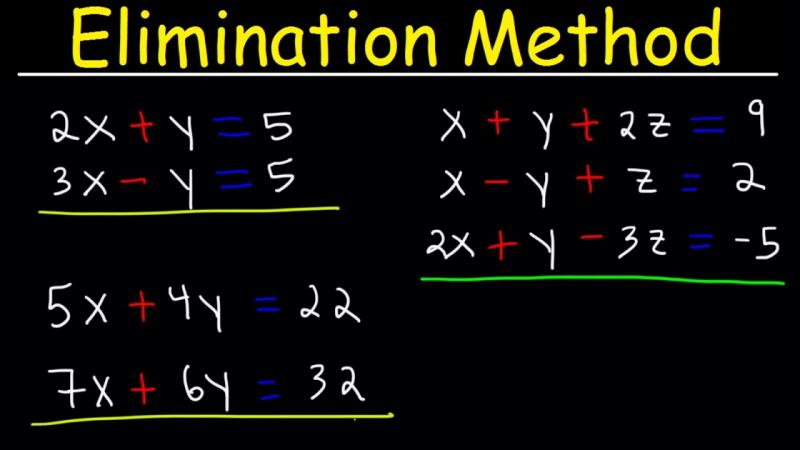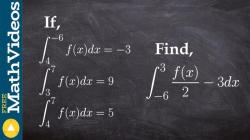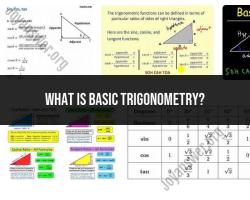How do you solve system by elimination?
The elimination method is a technique used to solve a system of linear equations by eliminating one variable at a time. Here's a step-by-step guide on how to solve a system of equations using the elimination method:
Step 1: Write Down the System of Equations
Write down the system of linear equations. For example:
\begin{align*} 2x + 3y &= 11 \\ 4x - 2y &= 6 \end{align*}
Step 2: Make Coefficients of One Variable Match
Choose one variable to eliminate first. Look at the coefficients of that variable in both equations and multiply one or both equations to make the coefficients match. The goal is to make the coefficients the same or multiples of each other.
In this example, let's eliminate . Multiply the first equation by 2 to match the coefficients:
\begin{align*} 4x + 6y &= 22 \\ 4x - 2y &= 6 \end{align*}
Step 3: Subtract or Add Equations
Subtract or add the equations to eliminate the chosen variable. In this case, subtract the second equation from the first:
\begin{align*} (4x + 6y) - (4x - 2y) &= (22) - (6) \\ 8y &= 16 \end{align*}
Now, solve for :
Step 4: Substitute into One Equation
Substitute the value of back into one of the original equations. Let's use the first equation:
Step 5: Solve for the Remaining Variable
Solve for the remaining variable. In this case:
Step 6: Check the Solution
Check your solution by substituting the values of and into both original equations to ensure they satisfy both equations.
Summary:
The elimination method involves making coefficients of one variable match, subtracting or adding the equations to eliminate that variable, solving for one variable, substituting it back into an equation, and then solving for the remaining variable. Repeat the process for more variables if needed.
1. Elimination Method for Solving Systems of Equations
The elimination method, also known as the Gaussian elimination method, is a systematic algebraic technique for solving systems of linear equations. It involves manipulating the equations to eliminate one variable at a time, eventually reducing the system to a form that can be easily solved.
The elimination method is based on the principle of adding or subtracting multiples of one equation to another without changing the underlying solution. By strategically adding or subtracting equations, we can eliminate one variable from each equation, leaving us with a system of equations in fewer variables.
2. Working of the Elimination Method in Mathematics
The elimination method involves a series of steps:
Write the system of equations in standard form: This means arranging the equations so that each variable has a corresponding coefficient of 1 in its respective equation.
Eliminate one variable: Choose a variable to eliminate and use the process of addition or subtraction to eliminate that variable from one or more equations. Repeat this process until the variable is eliminated from all but one equation.
Solve for the remaining variable: Once you have a single equation with one variable, solve for that variable using standard algebraic methods.
Substitute the solution back into the original equations: Substitute the value you just found for the variable back into the original equations to solve for the remaining variables.
3. Strategies for Efficient Application of the Elimination Method
To apply the elimination method efficiently, consider these strategies:
Choose the easiest variable to eliminate: When selecting the variable to eliminate, choose one that has coefficients that can be easily manipulated. This will make the process of addition or subtraction simpler.
Use row operations: Row operations, such as adding or subtracting multiples of one row to another, are fundamental to the elimination method. Use these operations strategically to eliminate the chosen variable efficiently.
Back-substitution: Once you have solved for one variable, substitute it back into the remaining equations to solve for the others. This process, known as back-substitution, avoids having to solve a large system of equations at once.
Use calculators or computer software: For more complex systems of equations, consider using calculators or computer software with built-in functions for solving linear systems. This can save time and reduce the risk of errors.












